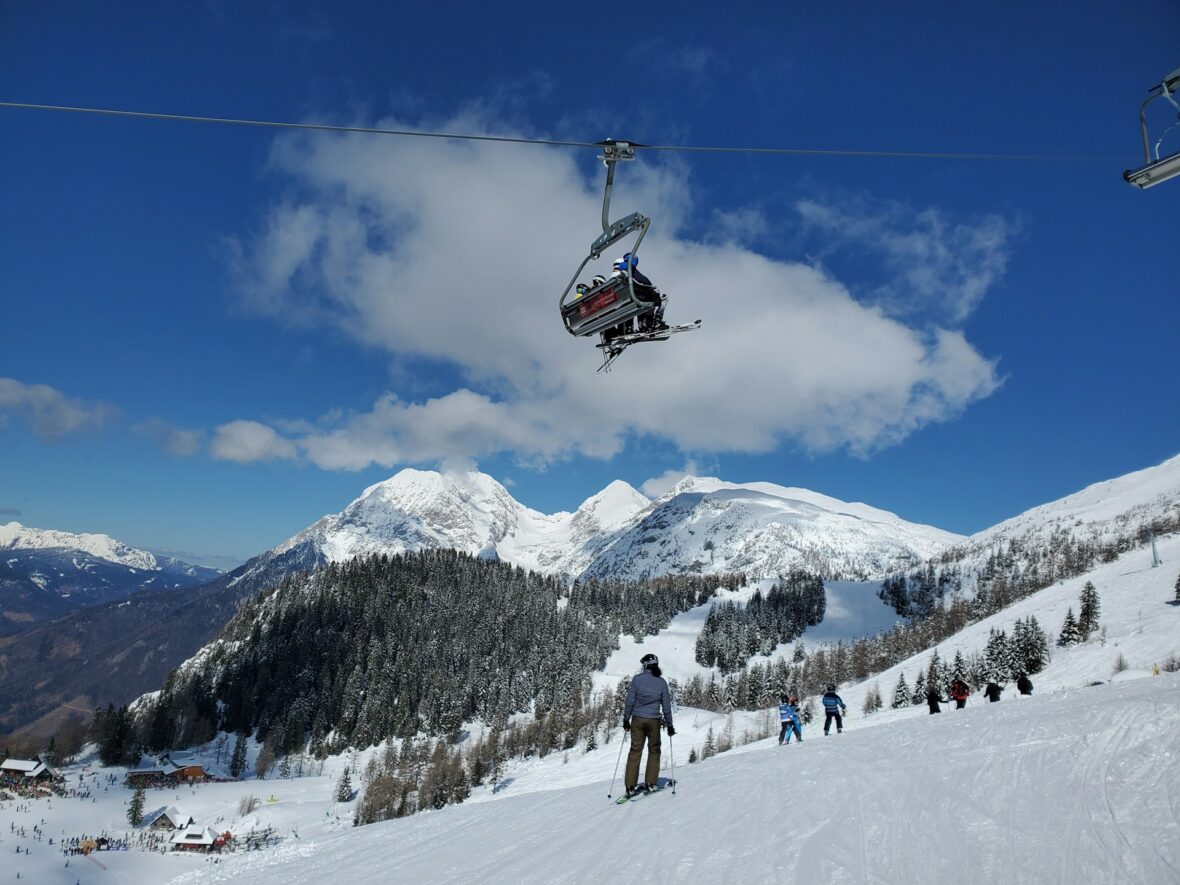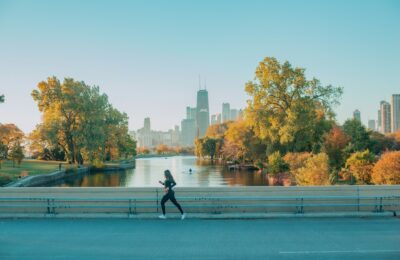The first snowfall brings a magical transformation to the landscape, but it also signals the beginning of a challenging season for fitness enthusiasts. Shorter days, freezing temperatures, and layers of clothing can make maintaining an active lifestyle feel like an uphill battle.
Yet millions of people successfully stay fit and energized throughout the coldest months of the year. Winter doesn’t have to derail your fitness goals or leave you feeling sluggish until spring arrives.
With the right strategies, mindset, and activities, you can maintain your physical health and mental well-being even when the thermometer drops below freezing. The key lies in adapting your approach rather than abandoning your commitment to movement.
Research shows that people who remain active during winter months experience better mood regulation, stronger immune systems, and higher energy levels compared to those who become sedentary.
This comprehensive approach to cold-weather fitness will help you discover practical solutions for staying active, regardless of weather conditions or daylight hours.
Winter Workouts That Embrace the Season
Outdoor Cold-Weather Activities
Cold air doesn’t have to signal the end of outdoor exercise. Many winter workouts can be more invigorating and calorie-burning than their summer counterparts. Your body works harder to maintain its core temperature, naturally boosting your metabolic rate during outdoor winter activities.
Cross-country skiing stands out as one of the most effective full-body winter workouts available. This low-impact activity engages your arms, legs, and core while providing excellent cardiovascular benefits. Even beginners can start with gentle trails and gradually build endurance and technique.
Snowshoeing offers another accessible option that requires a minimal learning curve. Modern snowshoes are lightweight and easy to maneuver, making winter hiking possible even in deep snow. This activity provides excellent leg strengthening while allowing you to explore winter landscapes at your own pace.
High-Energy Snow Sports
For those seeking more intensive winter workouts, downhill skiing and snowboarding deliver exceptional cardiovascular and strength training benefits. These activities challenge your balance, coordination, and leg muscles while providing the excitement that can make exercise feel like play rather than work.
Ice skating, whether on outdoor rinks or frozen ponds, provides an excellent low-impact workout that improves balance and engages your core muscles. Many communities maintain outdoor skating facilities throughout the winter months, making this activity accessible and affordable.
Even simple activities like building snowmen, shoveling snow (with proper technique), or having snowball fights can contribute to your daily movement goals while embracing the playful side of winter weather.
Indoor Exercises for Harsh Weather Days
Bodyweight Training Programs
When outdoor conditions become truly prohibitive, indoor exercises ensure consistency in your fitness routine. Bodyweight exercises require no equipment and can be performed in small spaces, making them perfect for winter fitness maintenance. Push-ups, squats, lunges, and planks form the foundation of effective bodyweight routines.
These compound movements work multiple muscle groups simultaneously, maximizing the efficiency of your indoor workout time. You can easily modify these exercises to match your current fitness level and progressively increase difficulty as you improve.
High-intensity interval training (HIIT) using bodyweight exercises can provide comprehensive workouts in just 15-20 minutes. Alternating between high-intensity bursts and brief recovery periods keeps your heart rate elevated and continues burning calories long after your workout ends.
Creative Indoor Movement Solutions
Dancing represents one of the most enjoyable forms of indoor exercise during the winter months. Whether following online dance fitness videos or simply moving to your favorite music, dancing provides cardiovascular benefits while boosting mood through music and rhythm.
Yoga and stretching routines offer gentler indoor alternatives that still provide significant physical and mental benefits. These practices improve flexibility, reduce stress, and help counteract the tension that often builds up during sedentary winter periods.
Stair climbing, if available in your building, provides an excellent cardiovascular workout that targets your leg muscles and glutes. Even climbing stairs for just 10-15 minutes several times per week can contribute significantly to your overall fitness maintenance.
Fitness Motivation Strategies for Dark Days
Creating Seasonal Workout Schedules
Motivation becomes particularly challenging during winter months when darkness arrives early and leaving warm indoor spaces feels unappealing. Developing specific strategies for maintaining fitness motivation during this season can make the difference between success and giving up until spring.
Schedule workouts during daylight hours whenever possible. Morning or lunchtime exercise sessions take advantage of available natural light and can boost your energy levels for the remainder of the day. Even brief outdoor walks during lunch breaks can provide mood-boosting benefits from natural light exposure.
Setting winter-specific fitness goals helps maintain focus and purpose during the colder months. Rather than trying to maintain summer activity levels, create realistic goals that account for seasonal limitations while still challenging yourself to stay active.
Building Support Systems
Accountability partners become especially valuable during the winter months when motivation naturally wanes. Workout buddies, fitness groups, or even virtual communities can provide the encouragement needed to maintain consistency during challenging weather periods.
Many communities organize winter fitness groups or clubs that embrace seasonal activities. Joining these groups provides social interaction, shared motivation, and the opportunity to try new activities you might not attempt alone.
Online fitness communities and apps can provide virtual support and tracking tools that maintain motivation even when exercising alone. Many platforms offer winter-specific challenges or programs designed to address seasonal fitness obstacles.
Rewarding Consistency
Implementing reward systems for maintaining winter fitness routines reinforces positive behaviors and provides additional motivation during difficult periods. These rewards don’t need to be elaborate or expensive—simple acknowledgments of your consistency can be surprisingly effective.
Consider seasonal rewards that complement your winter fitness efforts, such as new workout gear suited for cold weather, warm post-workout beverages, or planned spring activities that will benefit from your maintained fitness level.
Staying Motivated Through the Cold Months
Light Therapy and Mood Management
Seasonal Affective Disorder (SAD) and general winter blues can significantly impact motivation for physical activity. Understanding and addressing these challenges becomes crucial for maintaining an active lifestyle throughout the darker months.
Light therapy lamps can help regulate circadian rhythms and improve mood during periods of limited natural sunlight. Using these devices during morning workouts or while doing indoor exercises can provide dual benefits for both physical and mental health.
Vitamin D supplementation, as recommended by healthcare providers, may help counteract deficiencies that commonly develop during winter months when sun exposure decreases significantly.
Nutrition and Energy Balance
Winter weather often triggers cravings for heavier, comfort foods that can leave you feeling sluggish and less motivated to exercise. Balancing these seasonal eating patterns with foods that support energy levels and motivation becomes essential for winter fitness success.
Incorporating warming spices like ginger, cinnamon, and cayenne pepper into meals can provide natural energy boosts while satisfying desires for flavorful winter foods. These spices may also support circulation and help your body adapt to colder temperatures.
Staying adequately hydrated remains important even in cold weather, as dehydration can contribute to fatigue and reduced motivation. Warm beverages like herbal teas can help maintain fluid intake while providing comfort during colder periods.
Your Year-Round Fitness Success Plan
Winter fitness success requires a shift in perspective rather than a complete abandonment of your active lifestyle. By embracing seasonal activities, developing reliable indoor alternatives, and implementing specific motivation strategies, you can maintain and even improve your fitness throughout the coldest months.
The habits you build during winter often become the foundation for even greater fitness achievements when warmer weather returns. Those who successfully navigate winter fitness challenges frequently find themselves stronger, more resilient, and better equipped to handle future obstacles.
Start implementing these strategies gradually rather than attempting dramatic changes all at once. Choose one or two approaches that resonate with your current situation and build from there. Your future self will thank you for the commitment you make to staying active during these challenging but ultimately rewarding winter months.






